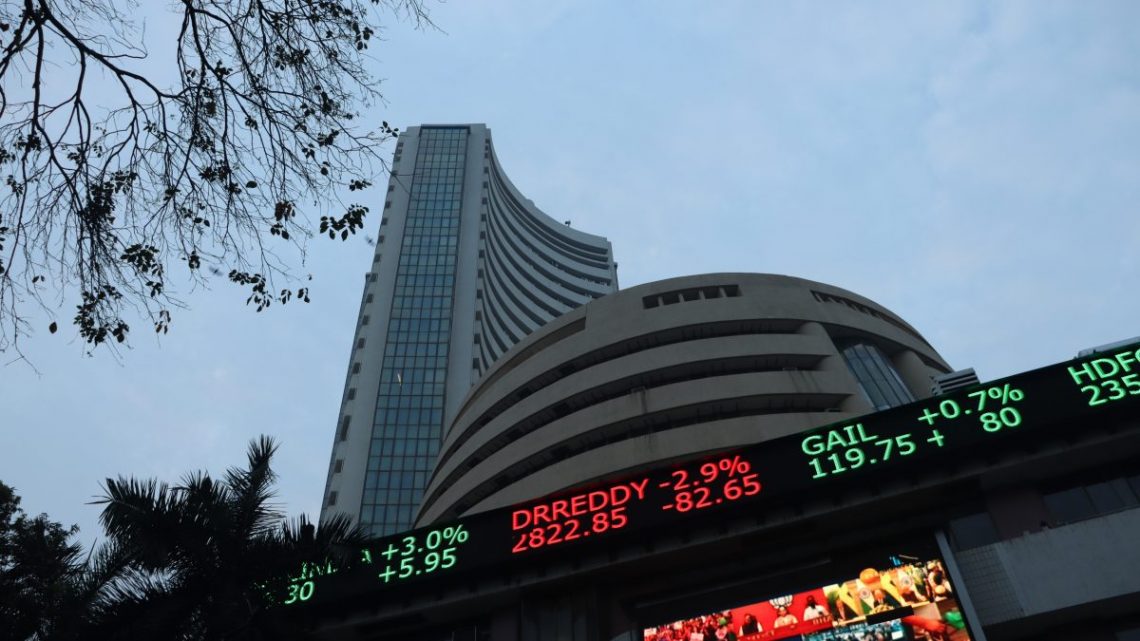As Finance Minister Nirmala Sitharaman prepares to present the Union Budget for FY 2025-26 on February 1, investors are closely watching key sectors that could benefit from government policies.
The stock market, typically closed on weekends, will remain open on Budget Day, allowing immediate reaction to the announcements.
With a focus on capital expenditure (capex), infrastructure development, and social reforms, analysts anticipate strong policy support for multiple industries, from construction to banking.
Here are seven stocks to watch ahead of the budget speech:
Rail India Technical and Economic Service (RITES), a government-owned engineering consultancy specialising in transport infrastructure, is expected to gain from higher capital outlay in railways and urban infrastructure, Axis Securities said in a recent report.
The government’s push for railway modernisation, metro expansion, and logistics efficiency under the National Infrastructure Pipeline (NIP) could lead to increased order flows for RITES.
With the Budget expected to boost infrastructure and affordable housing, cement demand is likely to rise.
Increased allocations for rural housing under Pradhan Mantri Awas Yojana (PMAY) and higher capital expenditure on highways and metro projects could drive demand for cement, benefiting industry leaders like Ultratech.
The government’s focus on renewable energy, smart grids, and energy storage solutions is likely to benefit Tata Power.
Expansion of the Production-Linked Incentive (PLI) scheme for solar power, incentives for battery energy storage, and investments in green hydrogen could provide tailwinds for the company’s clean energy transition.
With expected credit expansion in infrastructure projects and MSME growth, HDFC Bank could see an uptick in corporate lending.
The government’s continued emphasis on affordable housing loans, digital banking, and financial inclusion will also be key drivers for the banking sector.
While higher rural spending and potential income tax relief could boost consumption demand, ITC may face headwinds if the government raises excise duties on cigarettes and tobacco products.
Any hike in taxes on tobacco could negatively impact ITC’s profit margins.
The Budget is expected to focus on electric vehicle (EV) incentives, extension of FAME subsidies, and infrastructure for charging stations, which could boost Maruti Suzuki’s transition towards cleaner mobility, Axis Securities said in its report.
Additionally, rural income growth and tax slab revisions may enhance demand for entry-level cars, a key segment for the automaker.
Higher capital outlay in infrastructure and real estate development could drive domestic steel demand. The government’s focus on self-reliance in steel production, increased spending on railways, and possible import duty adjustments on raw materials like coking coal will be crucial for Tata Steel’s outlook.
The upcoming Budget is expected to balance economic growth with fiscal consolidation. The capex spending is projected to increase between 15-17 per cent. Analysts believe a focus on “Viksit Bharat 2047”, likely to emphasise manufacturing, job creation, and infrastructure, will provide long-term market momentum.
“The Budget – expectations and actuals – will influence the market today and tomorrow,” said V K Vijayakumar, Chief Investment Strategist, Geojit Financial Services.
He added that since the market is going into the Budget without a pre-Budget rally, the probability of a rally after the Budget will be high, that is, if the Budget delivers on growth-stimulating initiatives like cuts in personal income tax.
“But it is important to understand that the impact of the Budget will last only for a few days, at best. The medium to long-term trend of the market will be dictated by GDP and earnings growth. Therefore, investors should look for cues on these crucial macro trends,” Vijayakumar said.
“Fairly-valued high-quality largecap financials continue to be a safe sector for investors.”
Link to article –
Budget 2025: 7 stocks to watch ahead of FM Nirmala Sitharaman’s speech

